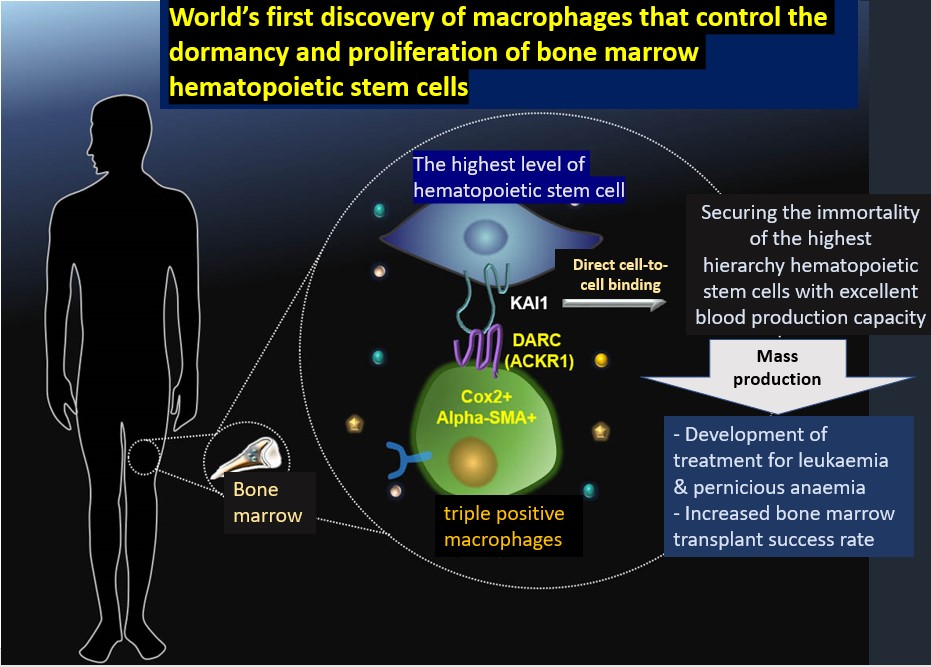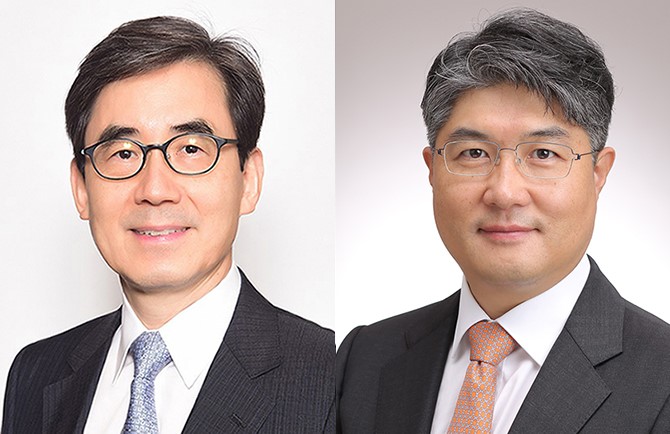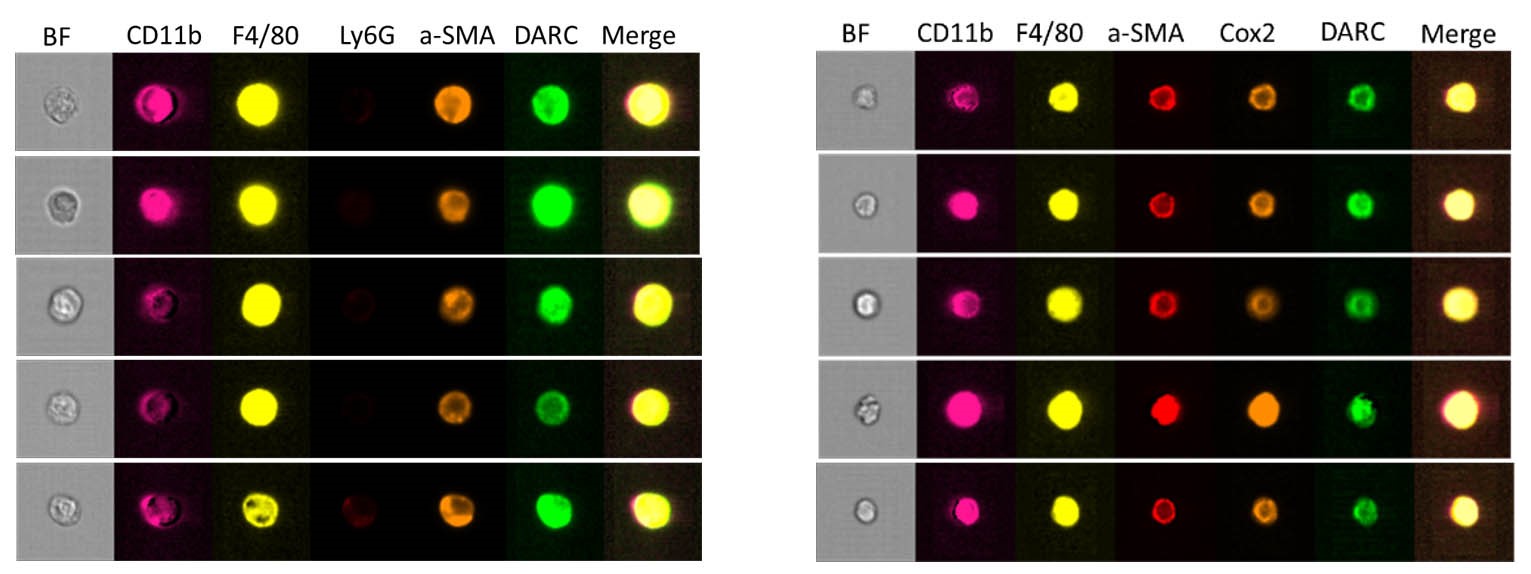Discovery of key cells that maintain the youth of the highest hierarchy of hematopoietic stem cells
- World’s first discovery of macrophages that maintain homeostasis by regulating dormancy and proliferation of hematopoietic stem cells

[Data 1] A Korean research team discovered macrophages that control the dormancy and proliferation of bone marrow hematopoietic stem cells for the first time in the world.

[Pictures from left] Prof Kim Hyo-Soo from Department of Cardiology and Prof Kwon Yoo-Wook from Biomedical Research Institute, SNU
A path to drastically increasing the success rate of bone marrow transplantation has been opened.
A Korean research team has discovered for the first time in the world a special macrophage that maintains the homeostasis of hematopoietic stem cells. By utilizing these macrophages, it is expected that it will be possible to mass-produce ‘the highest hierarchy of hematopoietic stem cells’, which are the youngest and have the most capacity for differentiation in the bone marrow.
Seoul National University Hospital Professors Kim Hyo-Soo and Kwon Yoo-Wook's research team announced that they had identified 'αSMA+COX2+ACKR1+ macrophages' as key cells capable of regulating the differentiation and cell cycle of the apex hematopoietic stem cell hierarchy. This was published on the 7th of July in ‘Cell Stem Cell (IF; 25.7)’, the world’s leading journal in stem cell research.
Bone marrow transplantation (hematopoietic stem cell transplantation) is an important treatment that provides an opportunity to completely cure hematological cancer patients. In addition to blood cancers such as leukemia, it can also be expanded to treat various conditions such as aplastic anemia, myelodysplastic syndrome, lymphoma, and multiple myeloma, as well as blood diseases such as combined immunodeficiency and autoimmune diseases.
In order to increase the efficiency of bone marrow transplantation, a technology to amplify primary hematopoietic stem cells is needed, but is still in its infancy. In particular, the number of cells in the body that maintain homeostasis by controlling the dormancy and proliferation of hematopoietic stem cells is very low, making it difficult to study their role.
In fact, a joint research team from Germany (Ludwig-Maximilians University), England (Queen Mary University), and the United States (Harvard University) argued that erythrocytes with high levels of DARC (ACKR1) protein are key cells that maintain homeostasis in hematopoietic stem cells, but it had not been objectively proven.
Professor Kim & Kwon team conducted research on core cells responsible for regulating homeostasis of hematopoietic stem cell and their mechanisms based on monocyte/macrophage-specific DARC conditional knockout mice and high-resolution single-cell analysis technology.
As a result, it was revealed that a very small number of macrophages that express the triple protein markers (αSMA, COX2, and DARC) simultaneously are core cells that maintain the homeostasis of primary hematopoietic stem cells.

[Data 2] Confirmation of αSMA+COX2+DARC(ACKR1)+ monocytes/macrophages at the single-cell level (FACS single cell images by ImageStream)
When the DARC protein expressed in these macrophages binds to the Kai1 protein of hematopoietic stem cells, the hematopoietic stem cells enter dormancy and acquire immortality.
Conversely, when the DARC-Kai1 protein bond is broken, hematopoietic stem cells begin to proliferate and blood cells are produced in large quantities.
By regulating the DARC-Kai1 binding between monocytes and hematopoietic stem cells, these findings are expected to aid the development for a potential culture method for mass-producing primary hematopoietic stem cells with excellent hematopoietic function.
Furthermore, the research team emphasized that this mechanism can be used to develop treatments for bone marrow dysfunction, such as leukemia and pernicious anemia, and to increase the success rate of bone marrow transplantation.
Professor Kim Hyo-Soo (Department of Cardiology) commented, "If a method for amplifying and storing a large number of top-level hematopoietic stem cells while maintaining their youthfulness is commercialized, it will be possible to develop a customized treatment that can be quickly supplied to patients in need of top-level hematopoietic stem cell proliferation. In addition, it is expected that new doors will be opened for creating a hematopoietic stem cell bank that donates top-level stem cells.”
Meanwhile, this study was conducted with the support of the Ministry of Health and Welfare as a follow-up study following the development of a method for screening top hematopoietic stem cells (Cell Stem Cell, 2016).